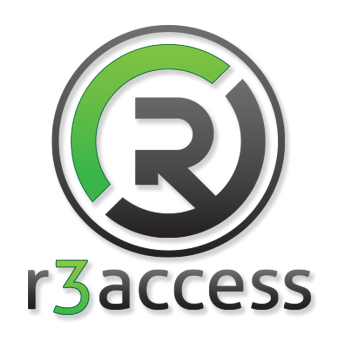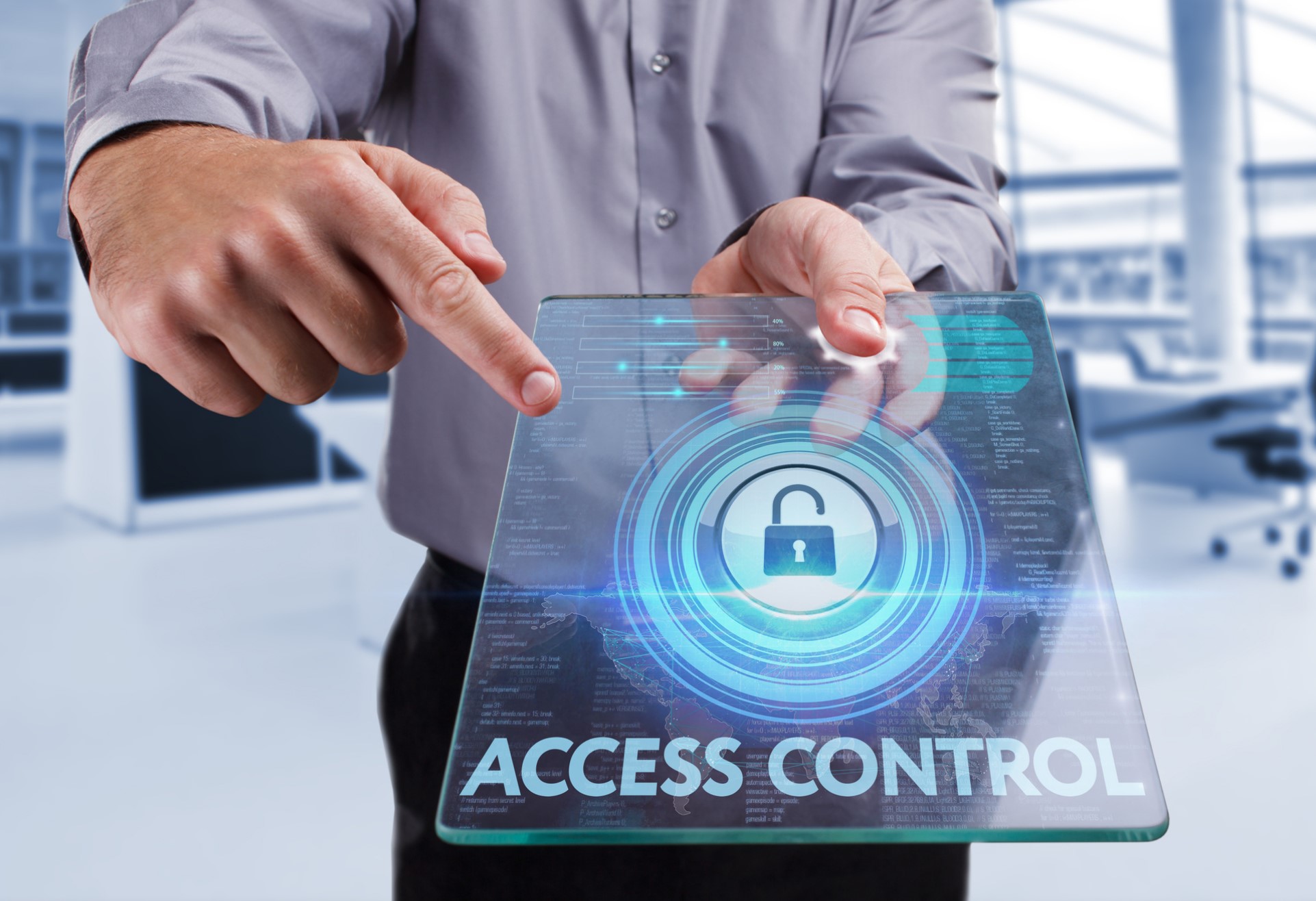Access control systems are a crucial component of modern security strategies, effectively securing your premises against unauthorized access. With the advancement of technology, these systems have evolved to offer enhanced security, convenience, and efficiency in managing access to various facilities. Whether for a residential property, a commercial establishment, or a government building, understanding and implementing the proper access control solution is vital to ensuring safety and peace of mind.
Understanding Access Control: Basics and Benefits
Access control systems come in various forms, from simple lock-and-key setups to sophisticated biometric systems. The primary benefit of using access control is the heightened security it provides, as it allows for precise control over who can enter and when. This protects people and property and offers peace of mind to those responsible for security.
An essential aspect of access control is its adaptability to different environments and requirements. For instance, a high-security government building might require a more complex biometric scanning system, while a small office might only need a basic card swipe system. This flexibility ensures that access control systems can be customized to fit the unique needs of each location, providing a tailored solution that offers maximum security without being overly intrusive or complicated.
In addition to security, modern access control systems offer numerous conveniences. For example, they can integrate with other systems like surveillance cameras or alarms for comprehensive security solutions. They also provide ease of management, allowing security personnel to monitor and control access remotely, which is particularly useful in large or multi-site organizations. This integration and management capability ensures that security is not only robust but also efficient and user-friendly.
Types of Access Control Systems
There are different types of access control, and R3 access offers a wide variety of them. We offer automated gate operators, essential for controlling entry and exit at various premises. These gate operators are designed for different residential and industrial settings, ensuring secure and convenient access management.
R3 Access provides customizable and scalable systems to meet any site’s specific security requirements. These systems range from simple card access for small offices to complex biometric systems for high-security areas. The versatility of these systems allows them to be integrated into various environments, ensuring a high level of security and user convenience.
R3 Access also specializes in crash systems, which are crucial for high-security areas such as military bases or government buildings. These systems are designed to withstand high-impact forces, ensuring the premises remain secure against unauthorized vehicular access. The robustness and reliability of these systems are critical for areas where utmost security is a priority.
In addition to these products, R3 Access also offers a variety of accessories to complement and enhance their main systems. This includes items such as keypads, card readers, remote controls, and adding security and convenience layers.
Implementing Physical Security Measures
Implementing physical security measures is a critical aspect of access control, and it encompasses a variety of strategies and tools designed to protect properties and individuals. One of the most fundamental steps in this process is the physical barrier that controls entry and exit points. These barriers, such as gates, turnstiles, and fences, not only serve as a deterrent to unauthorized entry but also as a means to monitor and control the flow of people.
Cameras strategically placed around premises can deter criminal activity and provide valuable evidence in case of security breaches. Modern surveillance systems are often integrated with access control systems, enabling a more cohesive security strategy where access events correlate with video footage, enhancing the overall security protocol.
Lighting is another crucial element in physical security. Well-lit areas can significantly deter criminal activities, increasing visibility and reducing the likelihood of undetected intrusions. Effective lighting should be considered around the main building and in parking lots, walkways, and other peripheral areas. This enhances safety for those moving around the premises and aids surveillance efforts by providing clearer visibility for camera systems.
Implementing alarm systems serves as an immediate response mechanism to potential security threats. These systems can be configured to detect unauthorized access and integrated with the overall access control system to provide a comprehensive security solution. Alarms not only alert security personnel to potential breaches but can also deter unauthorized individuals from attempting to gain access to the premises.
By combining these elements, organizations can create a robust physical security strategy that protects their assets and personnel.
Technological Advances in Access Control
Technological advances in access control have significantly improved security systems, making them more efficient and user-friendly. One of the key advancements is in the field of wireless technology. Wireless access control systems offer the benefit of easier installation and flexibility, as there are no wires to run. This is particularly advantageous in older buildings where running new wiring can be challenging or in temporary setups where permanent installation is not feasible.
Cloud-based access control systems are another significant development. These systems allow remote management and monitoring, offering convenience and enhanced control. Administrators can adjust permissions, view access logs, and receive alerts from any location with internet access. This flexibility is invaluable for managing multiple sites or for quick response to security issues. Additionally, cloud storage for access data ensures better data security and backup.
Integration capabilities of access control systems have also seen significant improvements. Modern systems can seamlessly integrate with other security systems like fire alarms and CCTV networks. This ensures all systems work together for optimal safety. For instance, an access control system could be programmed to unlock all doors automatically in the event of a fire alarm, facilitating quick evacuation.
Mobile solutions are becoming increasingly prevalent in access control. Mobile apps allow users to use their smartphones as access keys, eliminating the need for physical keycards or fobs. This adds convenience and enhances security, as smartphones are less likely to be shared or lost than traditional access cards. Mobile solutions often come with additional features like geofencing, which can restrict or allow access based on the user’s location.
These technological advancements have significantly transformed access control systems, making them more adaptable, efficient, and secure.
Access Control Policies and Compliance
Developing comprehensive access control policies is crucial. These policies define who can access what areas and ensure that only authorized personnel can access sensitive locations. Clear policies help prevent security breaches and ensure employees understand their roles and responsibilities in maintaining security.
Many industries are subject to specific regulations regarding data protection and physical security. Compliance ensures access control systems meet these legal requirements, avoiding fines and legal issues. It also builds trust with clients, assuring their data and physical safety are taken seriously.
Training ensures that all personnel know the access control policies and understand how to use the system correctly. Awareness programs help recognize potential security threats and respond to security breaches appropriately. This is particularly important as the human element is often the weakest link in security.
Periodic reviews and audits of the access control system and its policies ensure they remain effective and relevant. As threats evolve and new technologies become available, it’s essential to regularly assess the system’s effectiveness. Audits can identify potential weaknesses or areas for improvement, ensuring that the access control system adapts to changing security needs.
Maintenance and Upkeep of Access Systems
Maintenance and upkeep of access systems is critical to ensuring their reliability and effectiveness over time. Regular maintenance checks are crucial to identify and address any potential issues before they become significant problems. This proactive approach helps in avoiding unexpected breakdowns, which can compromise security. Scheduled maintenance not only ensures that all components of the system are functioning optimally but also extends the life of the equipment.
Software updates are another vital aspect of maintaining access control systems. As technology evolves, security systems must be updated to protect against new vulnerabilities and take advantage of improved functionalities. Staying current with software updates is essential for maintaining the security integrity of the system. These updates may include patches for security vulnerabilities, enhancements in the user interface, or new features that improve the overall performance and security of the system.
Regular training for staff responsible for operating and maintaining these systems is also vital. As systems evolve, staff should be updated with the latest operational procedures and troubleshooting techniques. This ensures that the system is used effectively and reduces the likelihood of operator error, which can lead to security lapses. Continuous training ensures that the staff is proficient in handling the system, thus maintaining its operational integrity.
It’s essential to have a responsive and knowledgeable technical support team. This team should be able to address issues quickly and efficiently to minimize any downtime. A strong support system ensures that any technical problems are resolved promptly, thus maintaining the continuous operation of the access control system. This support can include remote troubleshooting, on-site visits, or regular system health checks to ensure everything functions as expected.
Contact R3 Access
At R3 Access, we are committed to providing our clients with top-notch security solutions tailored to their needs. Our team of experts is always ready to discuss your security requirements, offer advice, and help you choose the right products and services. We understand the importance of securing your premises effectively and are dedicated to ensuring your peace of mind with our reliable and advanced access control systems. For more information, inquiries, or to schedule a consultation, contact us today.


